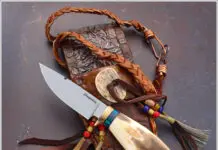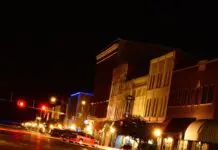
From tulsapac.com – PRESENTED BY: Celebrity Attractions
MAMMA MIA! is the ultimate feel-good show that has audiences coming back again and again to relive the thrill. Now it’s your turn to have the time of your life at this smash-hit musical that combines ABBA’s greatest hits, including “Dancing Queen,” “S.O.S.,” “Super Trouper,” “Take A Chance on Me” and “The Winner Takes It All,” with an enchanting tale of love, laughter and friendship. Whether it’s your first time to see MAMMA MIA! or your fourteenth, see the show that has the whole world coming back for more, because every time feels like the first time at MAMMA MIA!.
For tickets and more information visit tulsapac.com.































